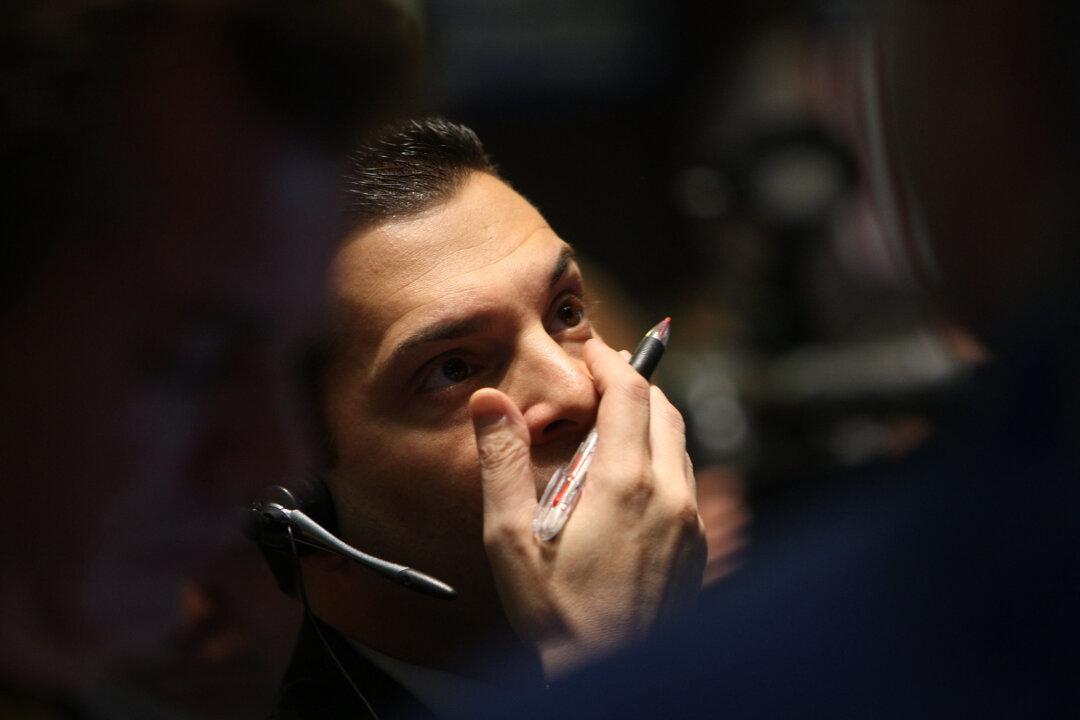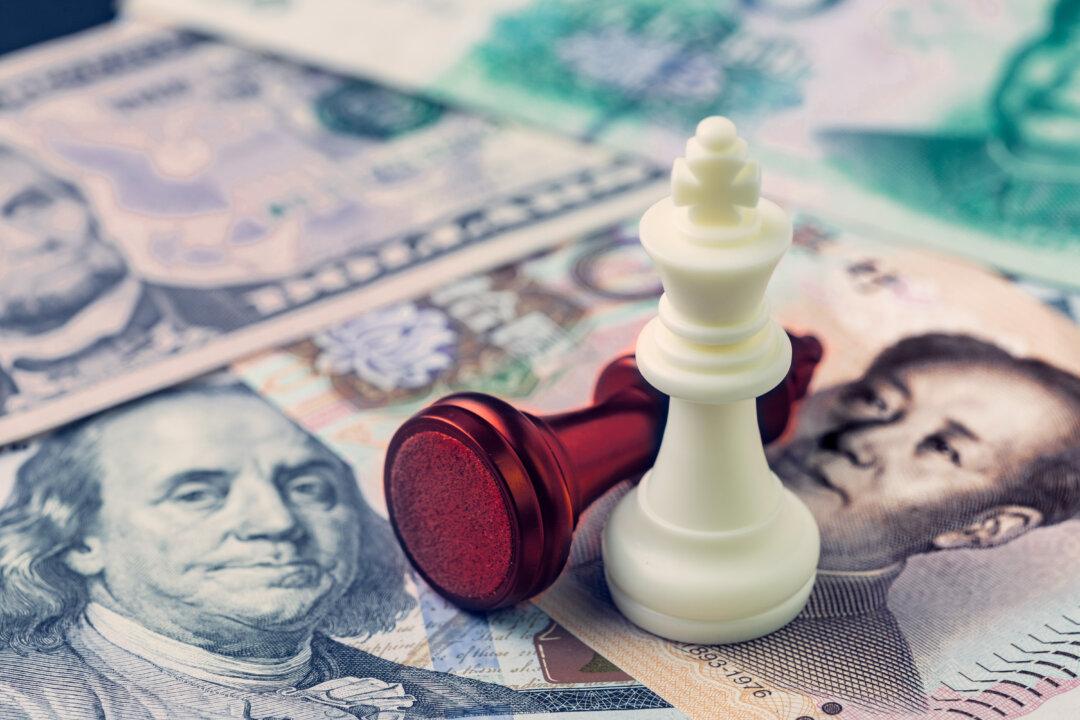No matter the state of the market or the world economy, some people are making money and others are losing. Not everybody wins at the same time and neither does everybody lose at the same time.
Certainly, it is more reassuring to imagine that “we are all in this together” or “everybody is in the same boat,” but it is not true. This is why we have a federal system with checks and balances to prevent any one party from dominating every branch of government at every level.





